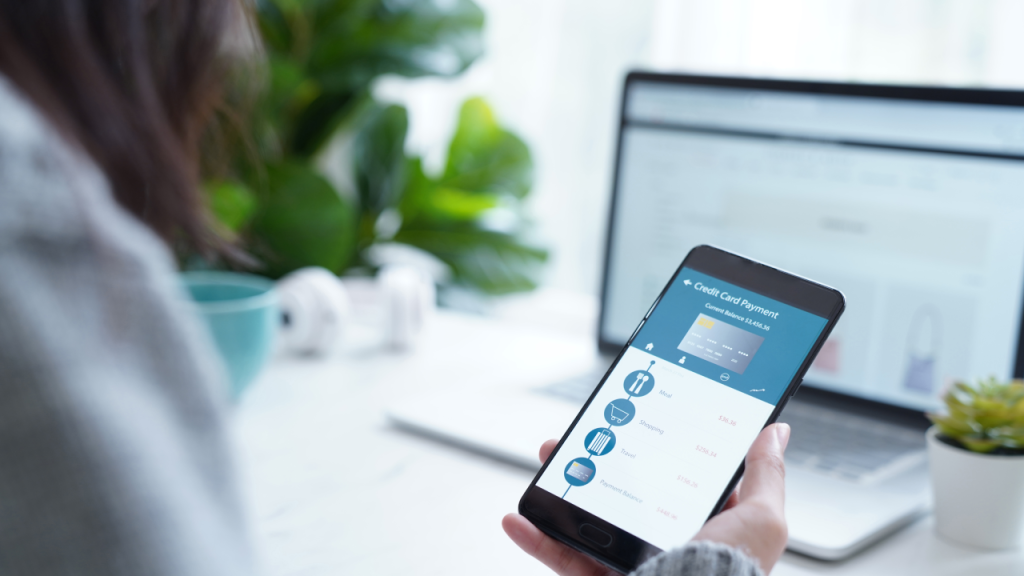wera Rodsawang/ Getty Images
Key takeaways
- Enrolling in paperless credit card statements allows for easier management and faster access. Not to mention, it’s better for the environment.
- Credit card companies use strict security measures to protect customer data in paperless billing.
- To effectively manage your e-statements, you need to keep them organized and review them regularly.
- To avoid missed payments, keep your contact information up-to-date, use strong security measures and set reminders for payments.
If you have a credit card, chances are you’re familiar with the concept of a billing statement. Card statements outline how much you’ve spent, what your balance is on your card and other information, like the minimum payment and the due date.
Most card issuers also offer e-statements, helping you keep an eye on your card activity in a more convenient digital format. Plus, they reduce the environmental stress of paper statements. Here’s how paperless statements work, including the benefits and potential drawbacks you should know about.
How paperless billing works with credit cards
Paperless credit card statements allow you to receive your monthly statement online, instead of waiting for a physical copy through the mail. When you opt for paperless statements, you get an email when your statement is ready to view. You can then log in to your online banking or mobile banking app to view, print or download your statement.
Benefits of going paperless
Opting for paperless credit card statements offers several benefits:
- Paperless statements are environmentally friendly. When you opt out of paper statements, you help reduce the usage of paper and save trees.
- They’re also easier to manage. Piles of physical documents can create clutter. Paperless statements, on the other hand, are stored digitally in one place, making for easier access and recordkeeping.
- Paperless statements offer faster access. You can view your statement as soon as it’s processed by your card issuer instead of waiting for mail delivery.
- Your information is safer with paperless statements. Paperless statements can reduce the risk of mail theft, which helps you protect yourself from identity theft. Storing your information digitally is generally considered a safer option.
Drawbacks of paperless billing
While paperless billing offers convenience and is better for the environment, it’s not without its potential drawbacks.
- It’s easier to miss a payment. A mailed monthly statement can be a physical reminder that your bill is due. Transitioning to paperless takes that reminder away.
- It requires internet access. If you’re not tech-savvy or don’t have a reliable internet connection, accessing e-statements might not be all that convenient for you.
- You risk overlooking charges. If you opt in paperless and sign up for autopay, you might not track your transactions too closely. This is not ideal as you could miss a billing error or even potential signs of card fraud.
- You might end up with digital clutter. Without proper organization, digital statements can pile up just as quickly as their paper counterparts.
How to manage your e-statements effectively
To manage your e-statements, you need to stay organized and review them regularly. It’s also essential to keep your contact information up-to-date to make sure your credit card issuer can stay in touch with you.
Here are steps to filing and backing up your e-statements for easy access:
- Organize your folders. Create a clear, hierarchical system for your e-statements. For example, you could have a main folder for financial documents, subdivided by year and type of statement.
- Name your files consistently. This should help you easily find specific statements when you need them. It might be a good idea to include the date, issuer name and type of document in the name file.
- File documents when you receive them. As soon as you get an e-statement, move it to an appropriate folder to stay organized. This will save you the work of organizing multiple statements later.
- Regularly clean your files. Periodically review and delete e-statements you know you won’t need to avoid clutter.
- Back up your files. To go the extra mile, regularly back up your e-statements to an external hard drive or cloud storage service to avoid losing this important data.
Tips to enhance e-statement security
To keep your e-statements safe, you need to complete a few simple steps — and develop some useful habits.
- Choose strong and unique passwords. Try to update your passwords regularly and avoid repeating them across accounts. Come up with unique combinations that aren’t easy to guess.
- Enable multi-factor authentication. You can add an extra layer of protection with multi-factor authentication (or two-factor authentication). This makes it harder for fraudsters to access your account.
- Don’t use public Wi-Fi for banking. If you need to access your account from outside your home, use a virtual private network (VPN) for a safer connection to access your statements.
- Sign up for banking alerts. Receive notifications of any unusual or suspicious account activity. This will help you swiftly detect signs of fraud.
- Stay alert to phishing scams. Avoid clicking links in emails or texts before verifying the sender.
- Use trustworthy financial apps. Download banking apps from your bank’s website or verified sources like the App Store or Google Play.
The bottom line
Signing up for paperless billing statements for your credit card has plenty of benefits. With e-statements, you receive notification when your bill is ready with a link to access it online. From there, you can view your charges, pay your bill and download your statement. Set up alerts to make sure you don’t miss a payment, and consistently organize your digital statements for easy access in case you need them.
Read the full article here









